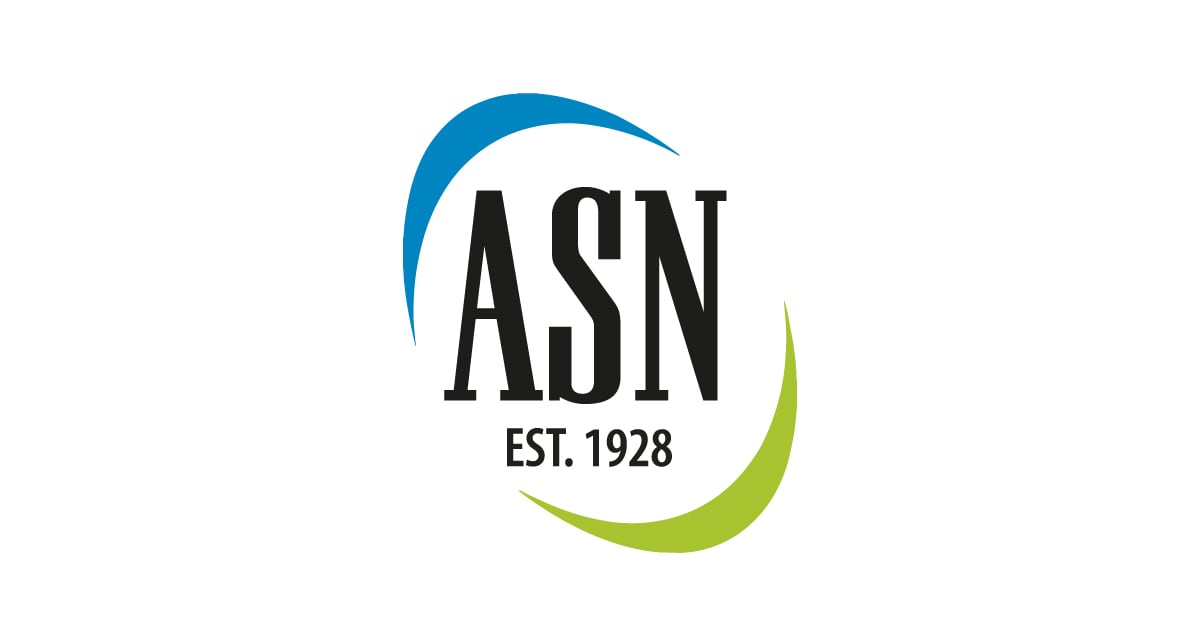By Brett Loman
Americans are more aware of what we are eating than ever before, but how we choose to track this information varies quite a lot. Some simply choose to eat more or less of a specific type of food while others record every single thing that they consume. In light of this, I decided to give a few programs a test run. I’ve rated them with 3 stars being the highest.
SuperTracker **½ overall
(free online tool, part of the MyPlate website published by the USDA)
At first impression I was overwhelmed by the multitude of –initially- empty tables and graphs. Once I got into the swing of things, however, my concerns transformed into amusement.
Ease of Use – **
While only be accessed through a web browser, the mobile site is an apt adaptation of the desktop version. Searching for each food is simple enough, but things get cumbersome when selecting the number of units. There is a multitude of units to choose from (e.g. fluid ounces, grams, slices, etc) but the number of those units is limited to a select few choices in a drop down menu.
Foods Available – **
Only some name brands and restaurants are available as choices. However, I could build the majority of complex foods using the basic selections that were available.
Nutrient Information ***
I was surprised by how much detailed information this program offers. Nearly every macronutrient, vitamin, and mineral was addressed in the “Nutrients Report”. This report offers target and average intake side-by-side plus expandable menus that explain which foods contributed (and by what percentage) to that nutrient’s intake.
Recommendation Information – ***
This is where the graphics are exceptionally helpful. They compare my intake to recommendations on the basis of food groups (broken down into things such as refined versus whole grains), empty calories, and individual nutrients.
MyDietAnalysis **overall
(subscription-based website provided by Pearson)
It happens to be the tracker utilized by my university’s introductory nutrition course, so naturally I had to give it a try.
Ease of Use – *
It is only available through a web browser, and the mobile site was not very user-friendly. Commonly chosen foods were under a completely separate menu unhelpfully named “Fast Entry” and only 7 days of intake could be store at one time.
Foods Available – ***
This program has the most specific food items I have seen in a tracker program. Most of the major chain restaurant and grocery brands are represented, cutting out the guesswork involved when building an item from scratch.
Nutrient Information – **
They come awfully close to matching SuperTracker in this respect, but MyDietAnalysis falls short since nearly the same information is presented… on several different pages.
Recommendation Information – **
The “Actual Intakes –vs- Recommended Intakes” report shows you just that for all of the nutrients side-by-side. The bar graph is a nice touch, but the scale for percent of goal met could use a little help, given that I didn’t even realize that it was there at first.
MyFitnessPal *½ overall
(free website and mobile application)
Definitely the app most-mentioned by patients and friends who claim to track their eating habits, tempting me to give it a go.
Ease of Use – ***
By far the greatest strength of this program is its availability as a mobile app. Eating lunch out? Just whip out your phone and track it on the spot. Another handy feature puts the foods you eat most often in a checklist immediately under the search box.
Foods Available – *
What I see as both a major weakness and strength of this app is the ability of any user to create foods, which can then be shared community wide. Sure, it’s great for the company, but the problem lies in the room for inaccuracies and errors.
Nutrient Information – *
Disappointingly, only nutrients routinely found on the nutrition facts panel were available. Again accuracy depends upon who actually entered the food into the database.
Recommendations Information – *
Only 6 of the nutrients could be displayed on my homepage at a time, and the printable report doesn’t even include all nutrients available, nor any averages of my intake compared to recommendations.
Final Thoughts
So are any of these inaccuracies, shortcomings, or lack of information harmful? I’d say probably not. The important thing here is that any of these tools can get people aware of what they are eating so that healthy changes can be made. With that I say happy tracking and please discuss in the comment section below.



